What Animal Has a Smaller Brain Than Eyes?
Table of Contents
Have you ever wondered why some animals have disproportionately large eyes compared to their brain size? It may seem strange, but this phenomenon is quite common in the animal kingdom.
One reason for this is that larger eyes can help animals see better in low-light conditions or detect predators from a greater distance. This is particularly true for nocturnal animals, such as owls and cats, whose large eyes give them a significant advantage when hunting in the dark.
However, there are also some animals with big eyes that are not nocturnal and do not necessarily need them to see better. In fact, some species, such as the tarsier, have the largest eyes relative to the body size of any mammal.
So why do these animals have such big eyes? It turns out that having large, expressive eyes can be a useful tool for communication. For example, some primates, such as lemurs and bush babies, use their large eyes to signal to each other and potential mates. Similarly, certain species of birds, such as the great horned owl, use their large eyes to intimidate predators and other animals.
Despite their big eyes, many of these animals actually have relatively small brains compared to other species. This begs the question: does having big eyes come at the expense of brain power? Or is there another explanation for this curious phenomenon? Let’s explore this further.
How do eyes and brains work together in animals?
The eyes and brains are two of the most important components of an animal’s sensory system. They work together to facilitate the animal’s ability to see and interpret the world around them.
The eyes of an animal detect light and convert it into electrical signals that can be interpreted by the brain. These signals are then sent along the optic nerve to the visual cortex, where they are processed and interpreted. The size and complexity of an animal’s brain can greatly influence the quality and accuracy of its vision.
In animals with eyes larger than their brains, such as certain species of fish and insects, the eyes are optimized for particular tasks such as detecting movement, tracking prey, or avoiding predators. These animals have evolved to have large, complex eyes that are capable of processing a large amount of visual information quickly, despite having relatively small brains.
Interestingly, recent research has shown that even animals with relatively small brains can still be highly intelligent and capable of complex behaviors. For example, certain species of birds have been shown to be able to use tools and solve problems, despite having brains that are much smaller than those of mammals. Therefore, while the size and complexity of an animal’s brain may play an important role in its ability to interpret visual information, it is not the only factor that determines its overall intelligence and behavior.
Ostrich Eyes are bigger than its Brain!
Ostrich eyes are indeed large (it is the biggest bird’s eye and even larger than that of many large mammals), and bigger than their brains but this does not make them stupid, however. it is not a case of an undersized brain but rather of oversized eyes. Bird brains are generally smaller than in mammals of the same body mass but this reflects the different emphases on sensory perception (such as vision) and the need to process this information.
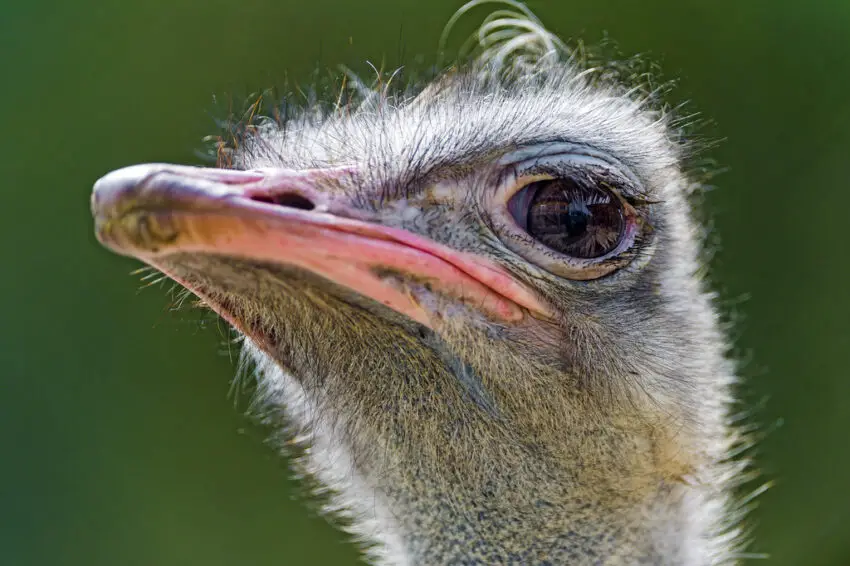
Why is an ostrich eye bigger than its brain?
Ostrich brains may be small compared to the bird but they are more than adequate to allow the bird to sense and respond to the environment in a variety of sophisticated behaviors. Their eyes are, by contrast, very large and provide fantastic eyesight that allows ostriches to see threats and food from a great distance. An ostrich’s eyes are a real asset and, far from hindering the bird’s behavior, they actually help it in its everyday life.
More Animals with Big Eyes
Do you have a tiny brain? Well, don’t feel bad – because there are actually plenty of animals out there who have brains smaller than their eyes! That’s right – it turns out that some creatures are blessed with relatively small noggins compared to the size of their peepers. So let’s take a look at some amazing animals with brains hidden behind big eyes.
Owls
One of the most well-known animals with big eyes and a small brain is the owl. Owls have disproportionately large eyes in comparison to their brain size. This is because their eyes are fixed in place, meaning they cannot move their eyes around like humans can. In order to see their prey, they need to have large eyes to take in as much light as possible.
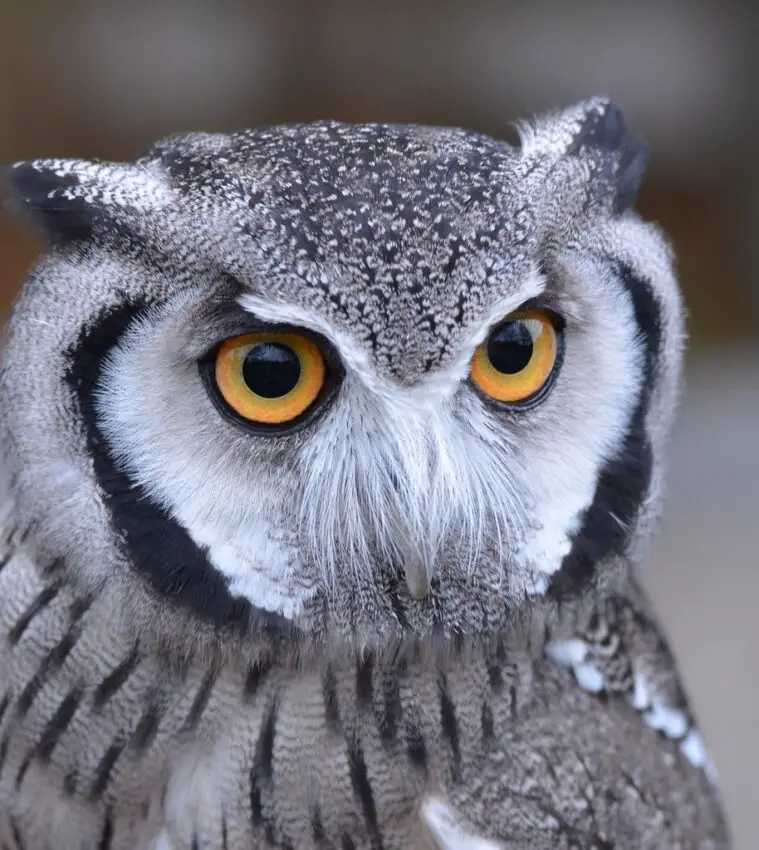
Tarsier
Another example of an animal with big eyes and a small brain is the tarsier, a small, nocturnal primate found in Southeast Asia. Tarsiers have eyes that are so large that they cannot move them in their sockets. Instead, they have to move their entire head to see their surroundings.
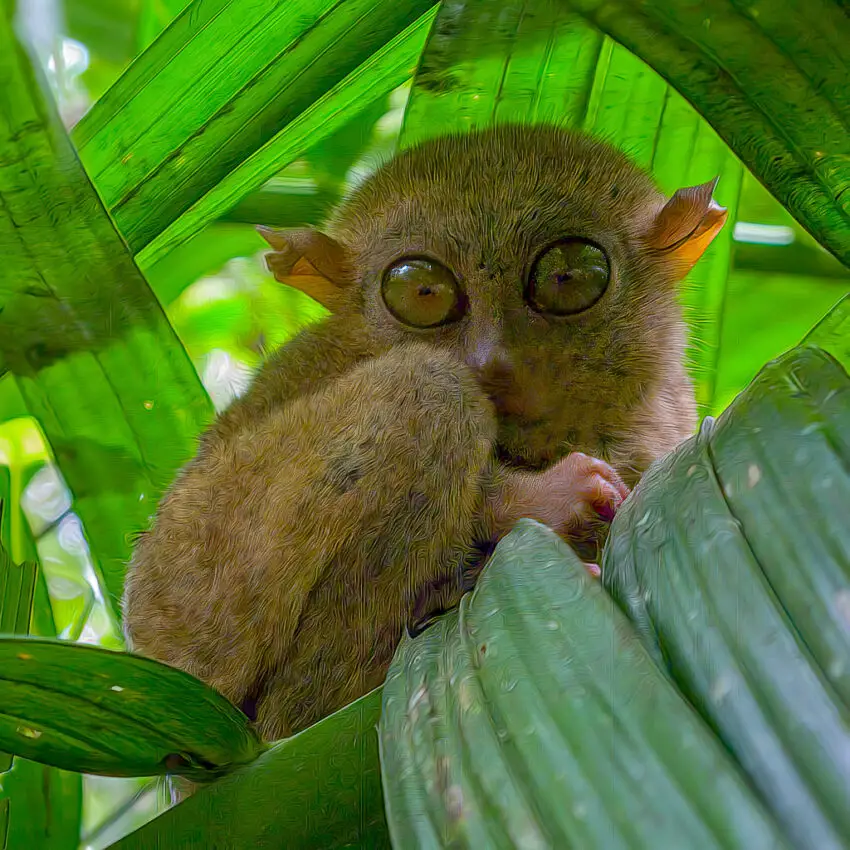
Sea Spider
This fascinating creature doesn’t fit the traditional definition of a spider; in fact, it isn’t even related to arachnids! Its teeny tiny brain – which is just slightly larger than an ant – controls its incredibly long and spindly legs and helps it augment its movement across the ocean floor. Plus, the sea spider boasts huge eyes to help make sure it spots any prey it may come across!
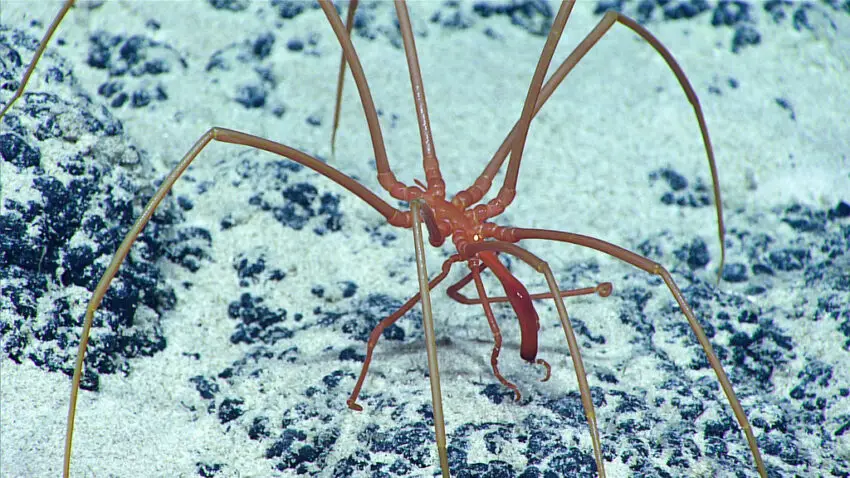
Sea Urchin
This spiny sea creature certainly looks strange, but it gets even stranger when you take a look at its eyes. The sea urchin has four little eyes, each with its own lens, but they’re on stalks that are huge compared to its tiny brain. In fact, these eyes are so big that they make up nearly 10 percent of the animal’s total body weight!
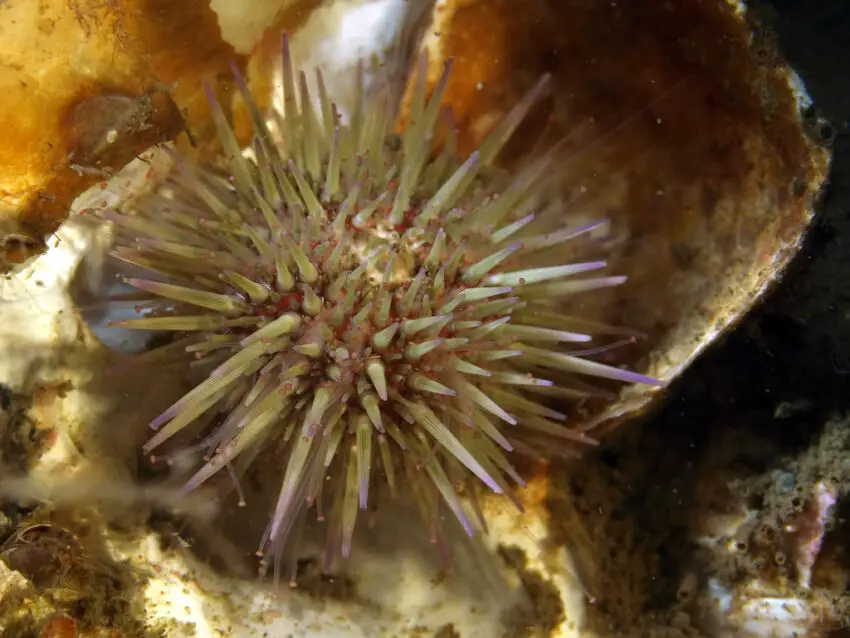
Honeybee
Sure, the honeybee may be tiny and seemingly insignificant but she actually has one of the biggest eyes for her size. While her brain is incredibly tiny, her two compound eyes are made up of thousands of individual lenses – each measuring a whopping 12 millimeters across!
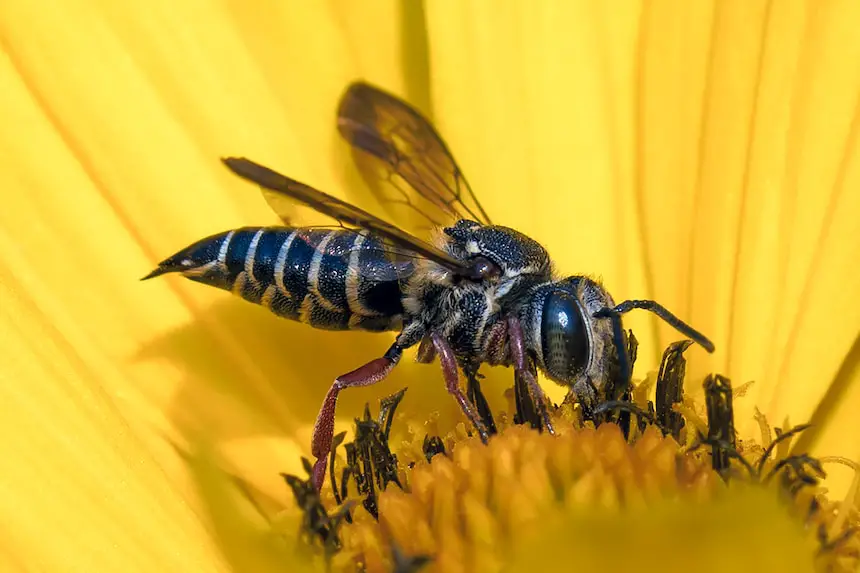
Spiders
It’s easy to see why many people find spiders creepy – those huge eyes can be a bit intimidating. But while a spider’s eight eyes might look frighteningly large, they’re actually only slightly larger than its brain. This allows them to spot prey from a distance and track their movements with ease.
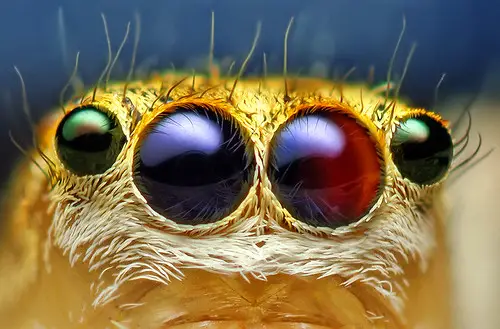
Mantis Shrimp
This incredible crustacean has eyes that can move independently of each other and are lined with 16 different color-receptive cones – whereas humans only have three. But its complex vision system is rivaled by its disproportionately small brain: it takes up the tiniest proportion of its body! Despite this, mantis shrimp can still recognize and remember patterns despite being so small in size.
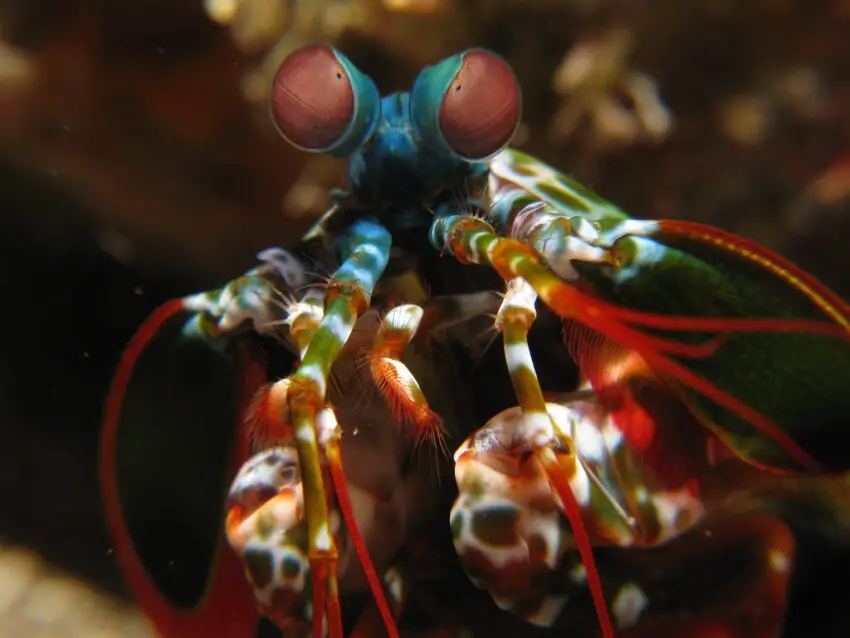
The function of big eyes in these animals
The function of big eyes in animals with eyes bigger than their brains is a fascinating topic for biologists and animal enthusiasts alike. These animals have evolved to have disproportionately large eyes in relation to the size of their brains, which may seem counterintuitive at first. However, this adaptation serves a crucial function in their survival and reproductive success.
One common theory is that animals with big eyes have developed them to improve their ability to detect and avoid predators. By having larger eyes, they are able to see more of their surroundings and detect potential threats from further away. This gives them more time to react and escape, increasing their chances of survival.
Another theory is that large eyes are an important tool for communication and mate selection. Many animals use visual cues to attract mates and establish dominance within their social hierarchy. By having larger, more brightly colored eyes, some species can signal their strength and desirability to potential mates.
In some cases, big eyes may also be related to an animal’s feeding habits. For example, certain species of nocturnal animals, such as owls and cats, have large eyes to aid their ability to hunt in low-light conditions.
Trade-offs of having big eyes and small brains
It’s not uncommon for some animals to have eyes that are much larger than their brains. This may seem like a strange evolutionary trait, but it serves a crucial purpose. With larger eyes, these animals are able to see better in low light conditions, and they can spot predators from a greater distance. This can give them a greater chance of survival.
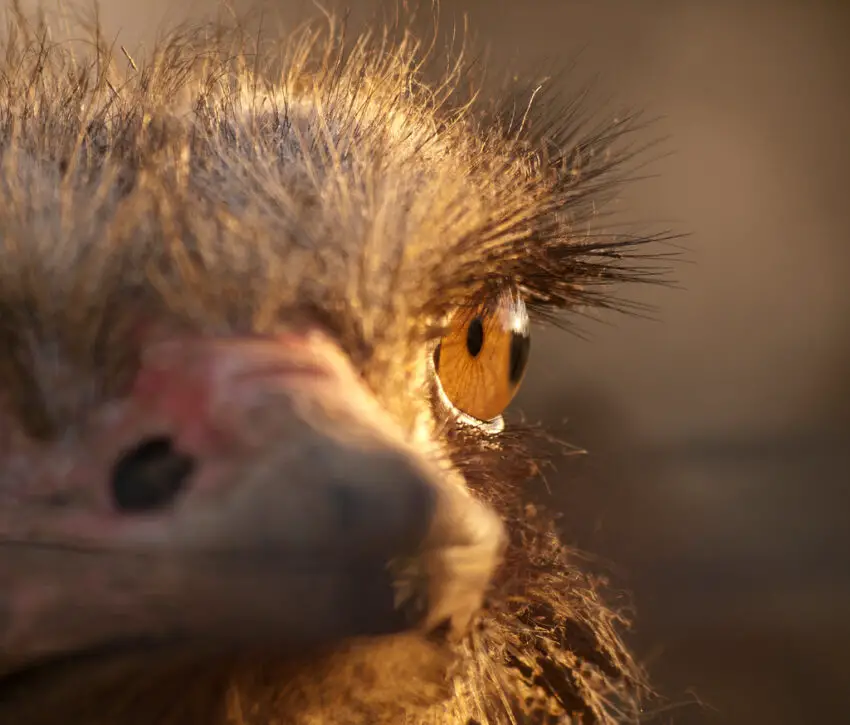
However, having larger eyes means that there are trade-offs. Animals with big eyes often have smaller brains, as there is only a limited amount of space in the skull. This means that they may not be as intelligent as other animals, and may not be able to learn and adapt as quickly.
Additionally, having large eyes requires a lot of energy, as they need to be constantly maintained and kept moist. This means that animals with big eyes may need to eat more to sustain themselves, which can be a disadvantage in times of food scarcity.
Connection between big eyes and survival
While it may seem counterintuitive, having big eyes can actually be a crucial survival mechanism for many animals. In fact, animals with disproportionately large eyes compared to their brain size have evolved this feature in order to improve their chances of survival in their natural habitats.
For nocturnal animals, such as owls, big eyes provide a way to capture as much light as possible in low-light conditions. This enables them to see their prey more clearly and accurately, increasing their chances of a successful hunt.
Similarly, animals that live in murky or dark waters, such as deep sea fish, have also evolved large eyes to help them navigate and locate food more easily in the dark environment.
In addition, many animals with large eyes have evolved the ability to see a wider range of colors and detect even the slightest movements in their environment. This helps them to detect predators or prey more quickly and respond accordingly.
How do these animals process visual information with small brains?
It is indeed fascinating how some animals have eyes that are much larger than their brains. It is a common misconception that the size of the brain is directly proportional to an animal’s intelligence. However, these animals have evolved to have highly efficient visual processing systems that allow them to process vast amounts of information with their small brains.
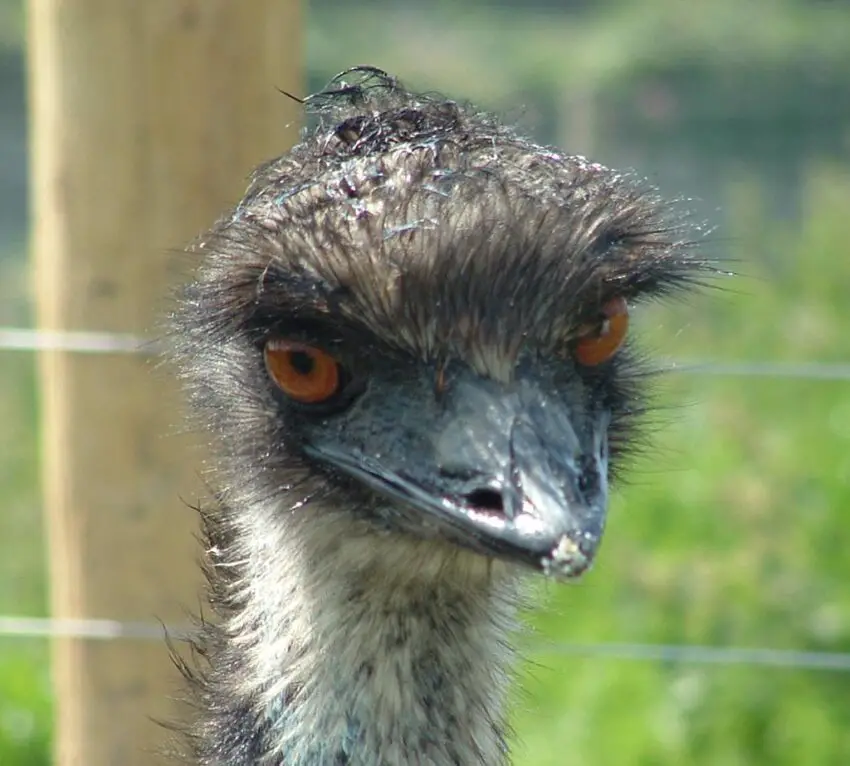
One such example is the mantis shrimp, which has some of the most complex eyes in the animal kingdom. They have 16 color receptors, as compared to the three colors that humans can see. They can also perceive polarized light, which allows them to detect patterns of light that are invisible to humans. Despite having a brain the size of a sesame seed, the mantis shrimp is able to process this visual information and use it to their advantage.
Another example is the cuttlefish, which has the ability to change its skin color and texture to blend in with its surroundings. Their eyes are also highly developed, allowing them to see polarized light and depth perception. They use this information to navigate their surroundings and hunt for prey.
What can we learn from these animals?
Animals with eyes bigger than their brains are fascinating to study and observe, but what can we learn from them? One lesson we can take from these creatures is the importance of adaptation and evolution. These animals have developed larger eyes to aid in their survival and enhance their ability to hunt or avoid predators.
This teaches us the importance of adaptation and changing with our environment. In the business world, companies that are able to adapt to changing market conditions are often the ones that survive and thrive in the long run.
Another lesson we can learn is the importance of prioritizing certain features over others. These animals have prioritized their visual abilities over other aspects of their anatomy, such as brain size. This can be applied in the business world in the way we prioritize our resources and investments. By focusing on the most important features or areas of our business, we can achieve greater success.
We can also learn the importance of being unique. These animals with their disproportionately large eyes stand out from the crowd and capture our attention. In the business world, having a unique selling point or a distinctive brand can help you stand out from competitors and attract more customers.
